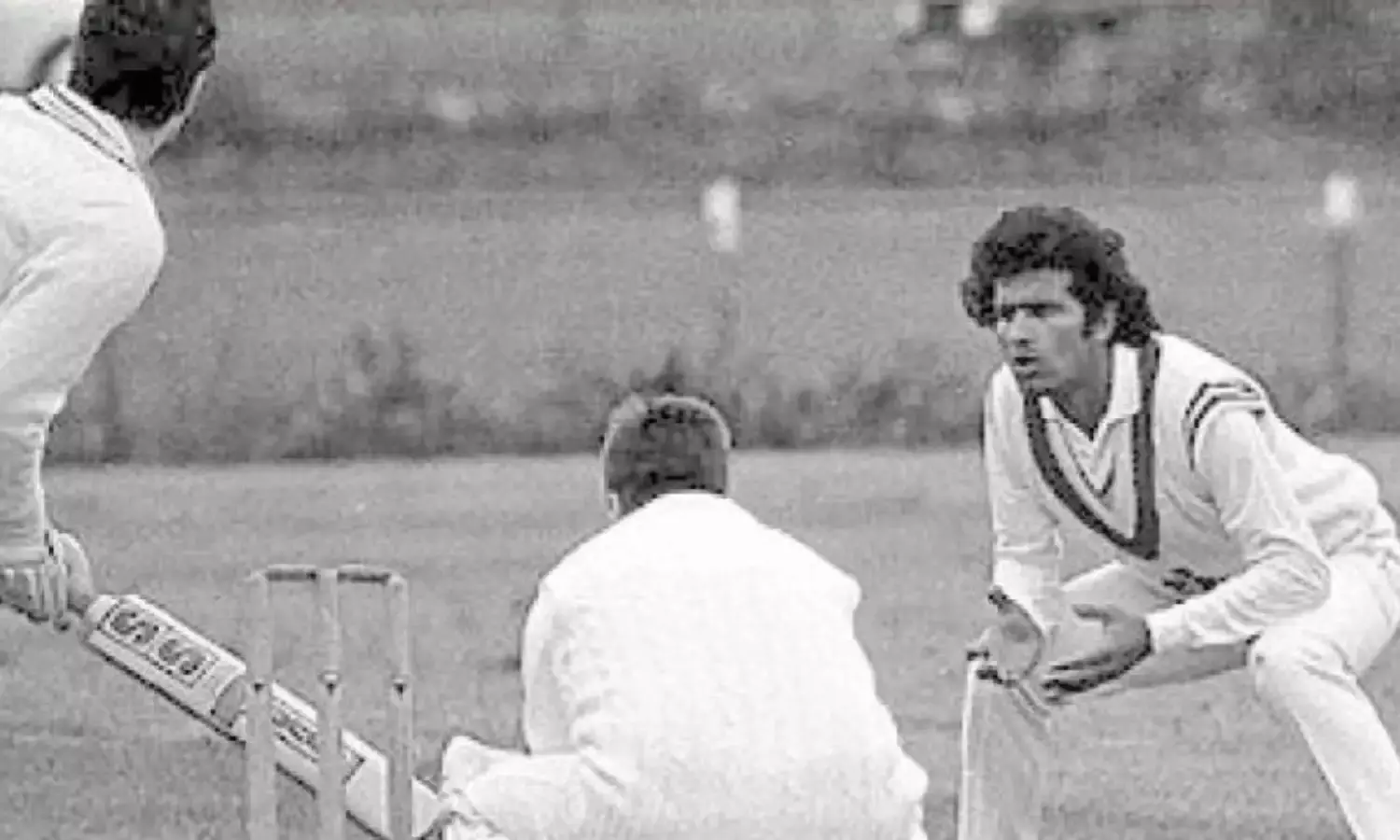20 Years: Raman Lamba's Tragic Death
Down Memory Lane

Twenty years ago this week occurred one of the most tragic incidents on a cricket ground. A player, fielding at short leg was hit on the head by a full blooded pull by a batsman in a match at Dhaka. He walked off the field and the injury initially appeared not to be serious. However he suffered an internal haemorrhage and his condition worsened dramatically. A neurosurgeon was flown in from Delhi but by then it was already too late and three days after the incident he passed away.
The fielder in question was Raman Lamba the former Indian batsman. At Dhaka however he was playing for Abahani in the local important derby against Mohammedans. It was Maharab Hoosain the Mohammedans’ opener who played a full blooded pull shot. Lamba had moved in from the outfield just for that delivery and had already signaled for a helmet. The substitute in fact was ready with the helmet on the boundary line but as it was the last ball of the over Lamba beckoned for him to wait. That proved to be a fatal decision.
Lamba’s death at 38 caused widespread grief in both India and Bangladesh. He was a popular cricketer in India thanks to his good looks, dashing approach and an insatiable appetite for runs – he had a first class average of almost 54 and notched up two triple hundreds one for Delhi in the Ranji Trophy and one for North zone in the Duleep Trophy. But in Bangladesh he was a legend. He first went there to play cricket in 1991 and was a key figure in the growing popularity of the game in the country. ''I am the Don of Dhaka’’ he would joke to his Indian friends.
There had been deaths on the cricket field before this and of course since then there has been the tragic case of Australian batsman Phil Hughes who was struck on the head while batting in 2014. But to die following a hit while fielding is something unique and that is what makes Lamba’s case tragic beyond words. Lamba was known to be fearless while batting and fielding and he was also a committed and enthusiastic player. The commitment sometimes went too far and he was banned for ten months after provoking Rashid Patel who charged after him brandishing a stump during the Duleep Trophy final in 1990-91. Critics also pointed out to his technical shortcomings but that did not stop him from amassing runs. In 1996-97 his 19th season he scored 1034 runs in just 14 innings for Delhi in the Ranji Trophy - then the highest aggregate in a single season. His feat of two first class triple hundreds also put him in exalted company; Vijay Hazare was the only Indian to achieve this feat at the time.
Lamba first represented India on the 1986 tour of England. A natural attacking batsman he was ideally suited for limited overs cricket and in fact won the Man of the Series award against Australia in 1986-87. Forcing his way into Test cricket he had a moderate run in three Tests against Sri Lanka later the same season before a double failure against West Indies in the first Test at New Delhi saw him being dropped. But he never gave up hopes of making it back to the Indian team. ''Runs I am going to make, then we shall see’’ he told his teammates. Not unexpectedly he was back in the Indian touring squad that went to Pakistan in 1989-90 and was a certainty to play the first Test. Unfortunately he had to pull out with a broken toe. Md Azharruddin replaced him and kept his place for the rest of the four-Test series. After that despite the mountain of runs he made at the domestic level there was never any realistic chance of Lamba making it back to the Indian Test team though he did play a couple of ODIs. Overall he played four Tests and 32 ODIs.
Lamba was very particular about his clothes and his cricketing gear – particularly his helmet. Sadly he forgot for one moment what he preached. For some time after the tragic incident safety hoardings all over India had the slogan ''let us remember Raman Lamba and wear a helmet.’’
Lamba established a lasting rapport with Ulster in Ireland. He played cricket there for 12 years, appeared four times for Ireland and married an Irish girl. Their two kids were very young when Lamba met with his sudden end. In a touching gesture at the funeral his wife Kim put the Sonnet Club cap - the club he played for in New Delhi - on his head. The final journey for a committed cricketer like Lamba had to be as a cricketer after all. There was a large turnout at his funeral a fitting tribute to a popular and entertaining cricketer.



